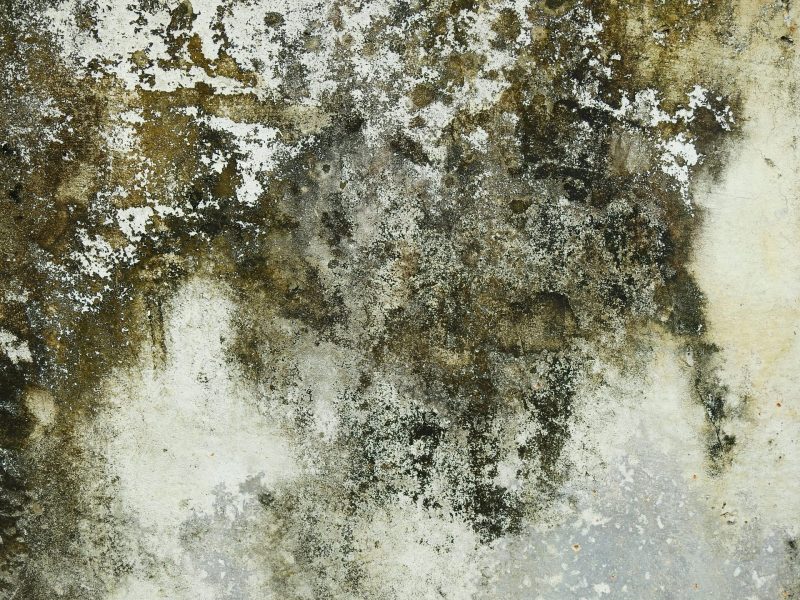Mold is a team of fungi that grows as a thread-like growth or as an ever-expanding colony. Its harmful effects include allergic reactions, asthmatic reactions, and fungal infections. It appears as a large black puff of smoke and causes serious health problems for people exposed to the spores.
Specifically, mold problems are expected during construction. A construction site is susceptible to mold since it harbors most of the conditions it grows, such as moisture and warmth. In addition, most construction materials, such as wood, are food to mold.
Molds are always problematic for construction sites since workers breathe in large amounts of spores and mycotoxins (poisonous substances found in molds).
Therefore, it’s essential to control the conditions of your construction site to make sure it doesn’t develop mold and cause any further problems. To learn more, here are some tips you may consider:
Table of Contents
1) Consult A Professional
The climate and location of your site might be prone to adverse moisture content. However, it can be challenging to know if the moisture levels in your building allow for mold growth. As such, you may seek help from professionals like Moisture Master Pros.
These service providers come in and measure the amount of humidity in your construction site to determine potential mold growth. Knowing this will help you choose the next course of action to prevent the mold from growing before it’s too late.
2) Seal The Building
The sealing process is commonly referred to as drying in. To ensure you don’t miss out on any, you can identify all the possible water entry points in the building envelope, install a roof, seal the gaps in your windows and openings, and build a door or window siding on the exterior.
After doing all these, you may install drywall and sealing roofs and wooden components as these materials have the most potential to develop moisture, allowing mold to grow.
3) Have A Dry Storage Area
Most sites have storage areas for building materials. These areas usually have wood, cement, and other materials that tend to develop moisture over time. As such, you must ensure that the room is arid before and during storage. Direct contact of the materials with bare ground, such as concrete, could cause moisture absorption.
Bare floors are also prone to condensation as they expand and contract due to differential temperature conditions. You may place raised platforms to set down the materials and cover the materials using a sheet of paper. However, it’s best not to cover the materials for long to avoid moisture from accumulating.
You should also keep in mind the first-in, first-out rule as you use these moisture-prone materials. This means the first cement bag that you store should be the first you use. It generally accumulates moisture if it’s in the same position for too long.
4) Dry Wet Materials
Materials can get wet, probably in case of sudden rainfall and if they’re outside. Some might even get wet before drying in the building envelope. This is why it’s best to properly dry all wet materials before using them, especially wood. You can also see their moisture content using a moisture meter.
For instance, the permissible moisture content for wood is less than or equal to 19%. If it goes beyond this, you may have to consider getting rid of the material or drying it up before using it. Wet materials allow mold growth even after installation.
5) Invest In Dehumidifiers From The Beginning
You may consider acquiring dehumidifiers before the construction process, especially if the site is prone to wet conditions like rain or the ground slopes towards the building.
Continuous rain means a high possibility of rising moisture levels and your materials getting wet. With dehumidifiers on-site, you don’t have to stop construction as these devices can frequently dry wet materials.
6) Adopt A Different Construction Method
A construction site is exposed to moisture and mold during the framing process, which takes a lot of time and involves a lot of wood material usage.
Thus, you may consider going for pre-fabricated framing. Despite being on the pricier side, a pre-fabricated frame will quicken the construction process, reducing the possible time for mold growth.
Conclusion
Avoiding mold growth in the early stages of construction can save you money in the present and future. But as an average homeowner, you might not be aware of mold growth possibilities during the early stages of construction. You might also not be aware of ways to prevent mold growth.
This is why hiring a certified contractor with vast experience in the industry is always a good choice. A reliable contractor will know the possibility of mold occurrences and prevent its growth.







